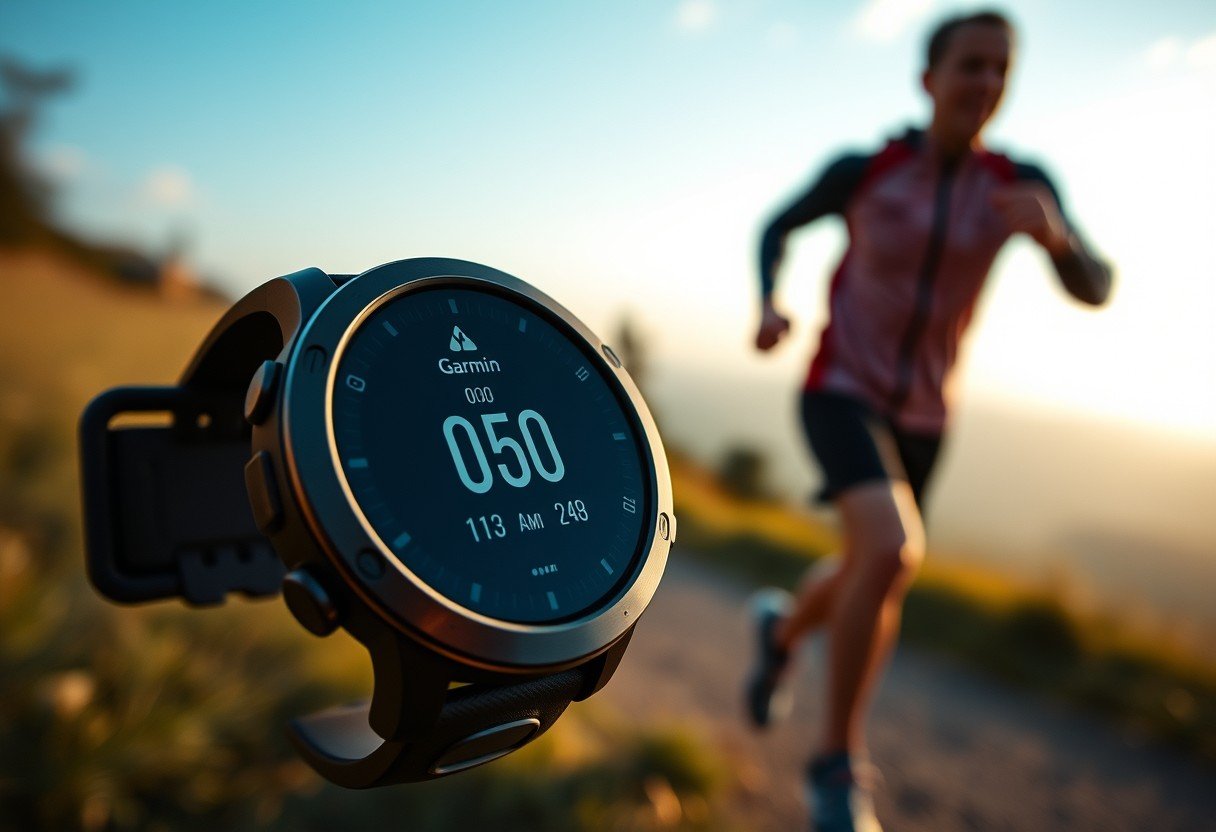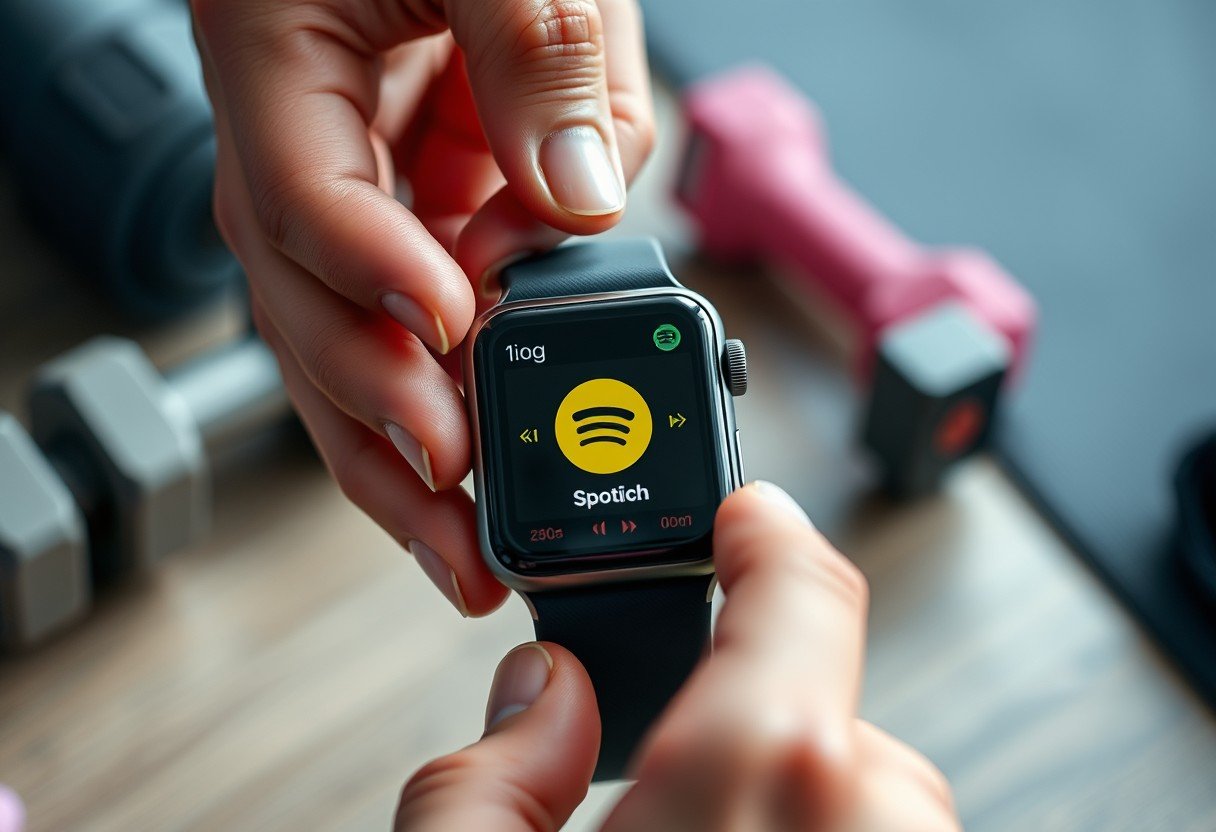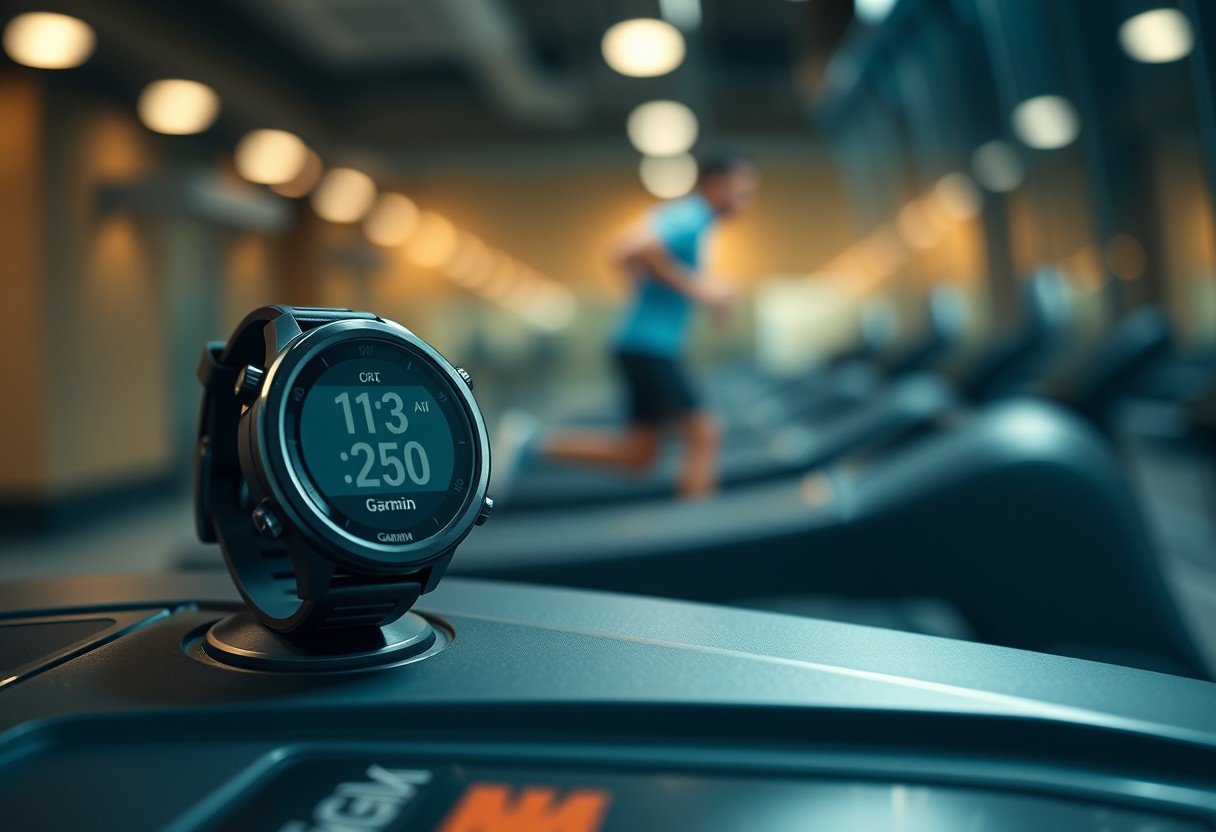If you rely on your Garmin watch for fitness tracking or weight management, understanding its calorie burn estimates is crucial. These devices use a sophisticated algorithm, factoring in your heart rate, activity, age, and weight to calculate energy expenditure. While incredibly useful, the accuracy can vary. This guide explains how the technology works, its limitations, and what you can do to get the most reliable data from your watch for your health journey.
How Do Garmin Watches Calculate Calories?
Garmin watches don’t measure calories directly. Instead, they provide a highly educated guess based on a complex algorithm that processes several key pieces of information about you and your activity.
The calculation begins with your personal metrics. When you set up your device, you input your age, gender, height, and weight. This information is used to determine your Basal Metabolic Rate (BMR), which is the number of calories your body burns at rest. This forms the baseline for your daily total.
During an activity, the watch’s sensors kick in. The heart rate monitor tracks how hard your body is working, while the accelerometer measures motion. Garmin combines this real-time heart rate data with the selected activity type to estimate your active calorie burn. This is then added to your BMR to give you a total caloric expenditure.
What Factors Influence Calorie Accuracy?
While Garmin’s technology is advanced, several factors can cause variations in its calorie burn estimates. The accuracy of the data is not just about the watch itself but also about the information it has to work with.
Your unique physiology plays the biggest role. Things like your personal fitness level, body composition (muscle vs. fat), and even heart rate variability can lead to discrepancies. Because the watch relies on general formulas, it may not perfectly capture your individual metabolic response.
The type of activity you are doing also matters significantly. Here are a few key variables that can impact the final number:
- Activity Profile: Calorie calculations are more accurate for steady-state aerobic activities like running or cycling, where heart rate corresponds directly with effort. Estimates for activities like strength training or yoga may be less reliable because heart rate doesn’t always reflect the full metabolic cost.
- Personal Data: The accuracy of the personal information entered into your Garmin Connect profile is vital. An outdated weight, for example, will lead to inaccurate BMR and active calorie calculations.
- Device Fit: An improperly worn watch can lead to poor heart rate readings. If the watch is too loose, the optical sensor may struggle to get a consistent reading, skewing the data.
Garmin vs. Other Fitness Trackers: A Comparison
When you’re trying to track your fitness, it’s natural to wonder how your device stacks up against others on the market. Different brands use their own proprietary algorithms, which means you will likely see different calorie burn numbers if you wear a Garmin and an Apple Watch at the same time.
Garmin is often praised for its focus on dedicated athletes, and its algorithms reflect this. Many users find its data to be more consistent for specific sports profiles. However, no wrist-worn tracker is perfect. The table below gives a general overview of how these brands compare based on user feedback and general market perception.
| Brand | Calories Accuracy Rating |
|---|---|
| Garmin | High |
| Apple Watch | Moderate |
| Fitbit | Moderate |
| Suunto | High |
Ultimately, consistency with one device is more important than comparing numbers across different brands. Pick a tracker and stick with it to monitor your personal trends over time.
The Critical Role of Heart Rate Monitoring
Your heart rate is one of the most important metrics for estimating caloric expenditure during exercise. It provides a direct window into how intensely your body is working. The harder you work, the faster your heart beats to supply oxygen to your muscles, and the more calories you burn.
Garmin watches use advanced optical heart rate sensors that continuously monitor your pulse from your wrist. This allows the device to see real-time changes in your exertion level. When you sprint, your heart rate spikes, and the watch’s algorithm increases the rate of calorie burn accordingly. When you slow down, it adjusts downward.
This continuous data stream is far more accurate than older methods that relied solely on activity type and duration. By personalizing the calculation to your body’s actual response, heart rate monitoring makes the calorie estimate significantly more reliable and meaningful for your training.
Understanding the Limitations of Your Garmin Watch
For anyone serious about fitness, it’s essential to recognize that your Garmin watch provides an estimate, not a definitive measurement. Assuming the numbers are perfectly accurate is a common misconception that can lead to frustration. The algorithms are based on averages and cannot account for every unique physiological factor.
The devices also face situational limitations. For example, accuracy can decrease during high-intensity interval training (HIIT) where heart rate changes rapidly. Environmental factors like extreme heat or high altitude can also increase your body’s energy expenditure in ways the watch may not fully capture.
Therefore, you should approach the calorie counts with a discerning eye. Use the data as a valuable guide to understand trends in your fitness journey, rather than an exact metric to base your diet on calorie-for-calorie.
How to Improve Your Garmin’s Calorie Tracking Accuracy
Despite the inherent limitations, you can take several steps to ensure your Garmin watch provides the most accurate data possible. Improving the quality of the input will directly improve the quality of the output.
First and foremost, keep your personal profile in the Garmin Connect app completely up to date. Regularly update your weight, as this is one of the most critical variables in the calorie calculation formula. Also, ensure your age, height, and gender are correct.
When you work out, always select the correct activity profile on your watch. The device uses different models to calculate calories for running versus swimming or cycling. Using the right profile ensures the appropriate algorithm is applied.
Finally, consider using complementary tools. Pairing your Garmin data with a nutrition tracking app like MyFitnessPal gives you a complete picture of your energy balance. This holistic approach helps you make more informed decisions about your diet and exercise regimen to effectively reach your goals.
Frequently Asked Questions about Garmin Calorie Accuracy
How do Garmin watches estimate calorie expenditure?
Garmin watches use an algorithm that combines your personal metrics (age, weight, height, gender), heart rate data, and the selected activity type to estimate your total calories burned, including both your resting metabolism and active energy use.
Can I improve the accuracy of calorie calculations on my Garmin watch?
Yes. To improve accuracy, ensure your personal information in the Garmin Connect app is always up to date, wear the watch snugly to get a good heart rate reading, and always select the correct activity profile before starting a workout.
Are Garmin watches accurate for strength training?
Calorie estimates for strength training are generally less accurate than for aerobic exercises. This is because heart rate alone doesn’t fully capture the metabolic demand of lifting weights, but the data can still be a useful benchmark for effort.
Why is my Garmin’s calorie count different from other fitness trackers?
Different brands use their own unique algorithms and sensor technology to estimate calorie burn. This variation is normal, which is why it’s best to stick with one device to track your personal progress consistently over time.
How important is heart rate for accurate calorie calculation?
Heart rate is extremely important. It directly reflects how hard your body is working during an activity. Watches that incorporate continuous heart rate data provide a much more precise and personalized calorie estimate than those that do not.









Leave a Comment